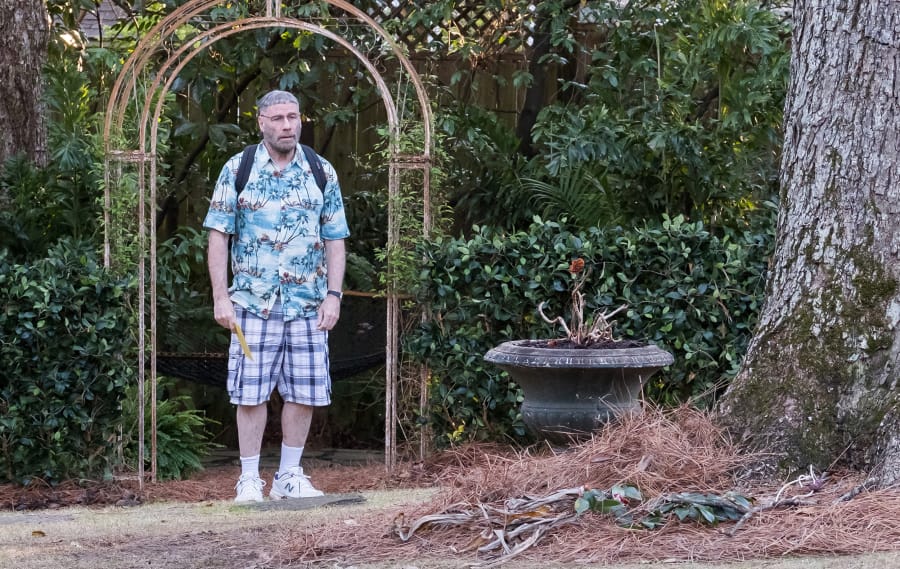WASHINGTON — John Travolta paces a Georgetown hotel room on this mid-August morning, imitating the pronounced physicality of a few of his more recent characters. He highlights his versatility by switching from the long strides of Robert Shapiro, an attorney in the FX miniseries “The People v. O.J. Simpson: American Crime Story,” to the hesitant baby steps of Edna Turnblad, the protagonist’s anxious mother in the movie musical “Hairspray.” Satisfied with the demonstration, he eventually returns to the couch where he has been sipping an iced tea, specially requested with a slice of lemon.
Travolta points out that he is bald, a beauty decision inspired in part by the rapper Pitbull, whose music video the veteran actor, 65, recently appeared in — a random fact he volunteers to back his claim that he’s in the “no regrets” stage of his career. That’s not to suggest he’s playing it safe, as that has never been his forte. He’s just taking on the projects he’s always wanted to take on, marketability be damned.
Playing a racecar driver had long been on Travolta’s bucket list, he says, so when the opportunity arose with February’s “Trading Paint,” also starring Shania Twain, he seized it. Similar reasoning might have led him to accept the title role in last year’s crime drama “Gotti,” which stewed in development for nearly a decade and ultimately wound up with a zero-percent rating on Rotten Tomatoes, based on 55 reviews.
Regardless of how his films have been received as of late, the passion with which Travolta takes on each role is palpable. The New Yorker critic Pauline Kael once praised his performance in “Saturday Night Fever” by writing that he “isn’t just a good actor, he’s a generous-hearted actor,” words he still holds close to his heart decades later. This generosity has most recently been granted to the lead character of “The Fanatic,” a movie about an avid fan-turned-stalker — a “stan,” in the modern parlance — named Moose.



